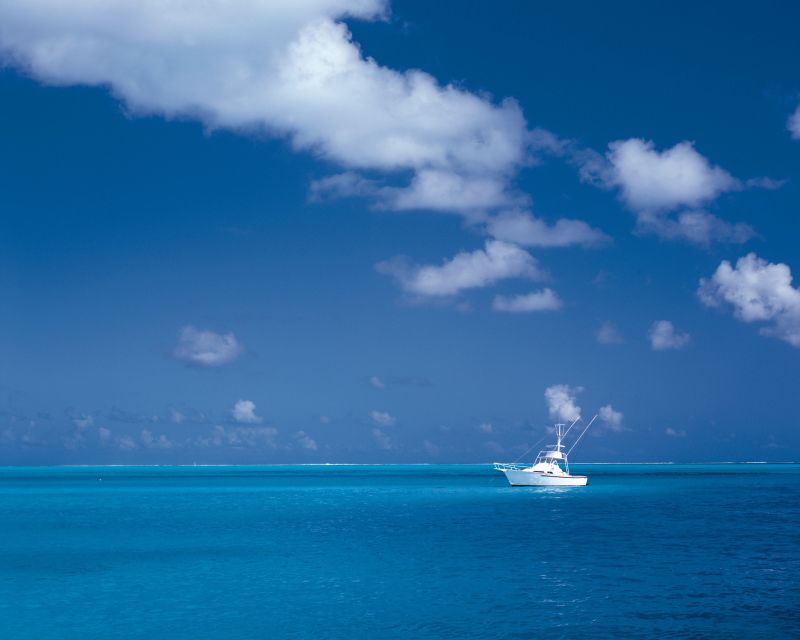coelacanth
英 ['siːləkænθ]
美 ['silə'kænθ]
coelacanth 腔棘鱼coel, 空的,词源同hole. -ac, 尖,尖刺,词源同acid. 因支撑鱼尾的尖鳍为空鳍而得名。该鱼为一种7000万年前的古鱼,仅存化石保留,1938年在南非东南海岸一张照片显示南非渔民捕获了一条形似这种鱼化石的鱼,但是当鱼化石专家赶到现场的时候,已经被渔民吃的仅剩骨头。但关于这种鱼可能带存活的消息传开后,激动了全球各地的渔民寻找这种鱼的热潮。
- coelacanth (n.)
- 1857, from Modern Latin Coelacanthus (genus name, 1839, Agassiz), from Greek koilos "hollow" (from PIE root *kel- (2); see cell) + akantha "spine" (see acrid). So called from the hollow fin rays supporting the tail. Known only as a fossil, the most recent one from 70 million years ago, until discovered living in the sea off the east coast of South Africa Dec. 22, 1938. The specimen was described by Marjorie Courtney-Latimer, who wrote about it to S.African ichthyologist J.L.B. Smith.
I stared and stared, at first in puzzlement. I did not know any fish of our own, or indeed of any seas like that; it looked more like a lizard. And then a bomb seemed to burst in my brain, and beyond that sketch and the paper of the letter, I was looking at a series of fishy creatures that flashed up as on a screen, fishes no longer here, fishes that had lived in dim past ages gone, and of which only fragmentary remains in rock are known. [J.L.B. Smith, "Old Fourlegs: The Story of the Coelacanth," 1956]
- 1. The coelacanth inhabits the deep sea.
- 腔棘鱼栖息于深海.
来自互联网
- 2. The Coelacanth has very large eyes and distinct silver blue scales with white markings.
- 它们有很大的眼睛和独特的蓝色带白斑的鳞片.
来自互联网
